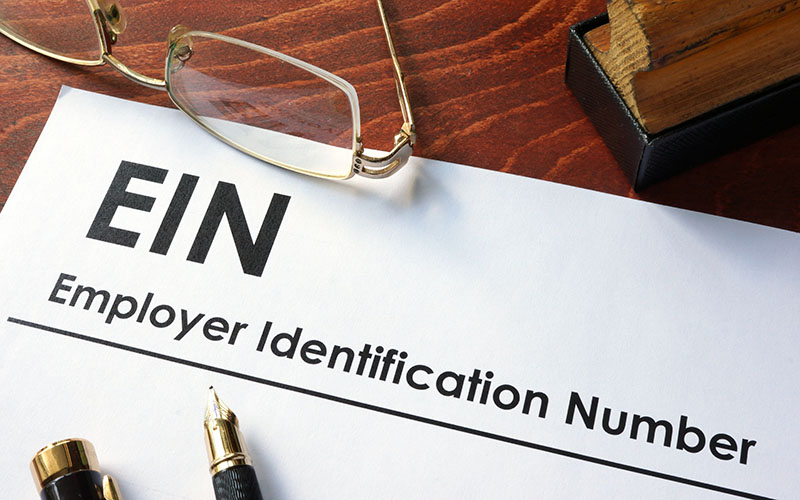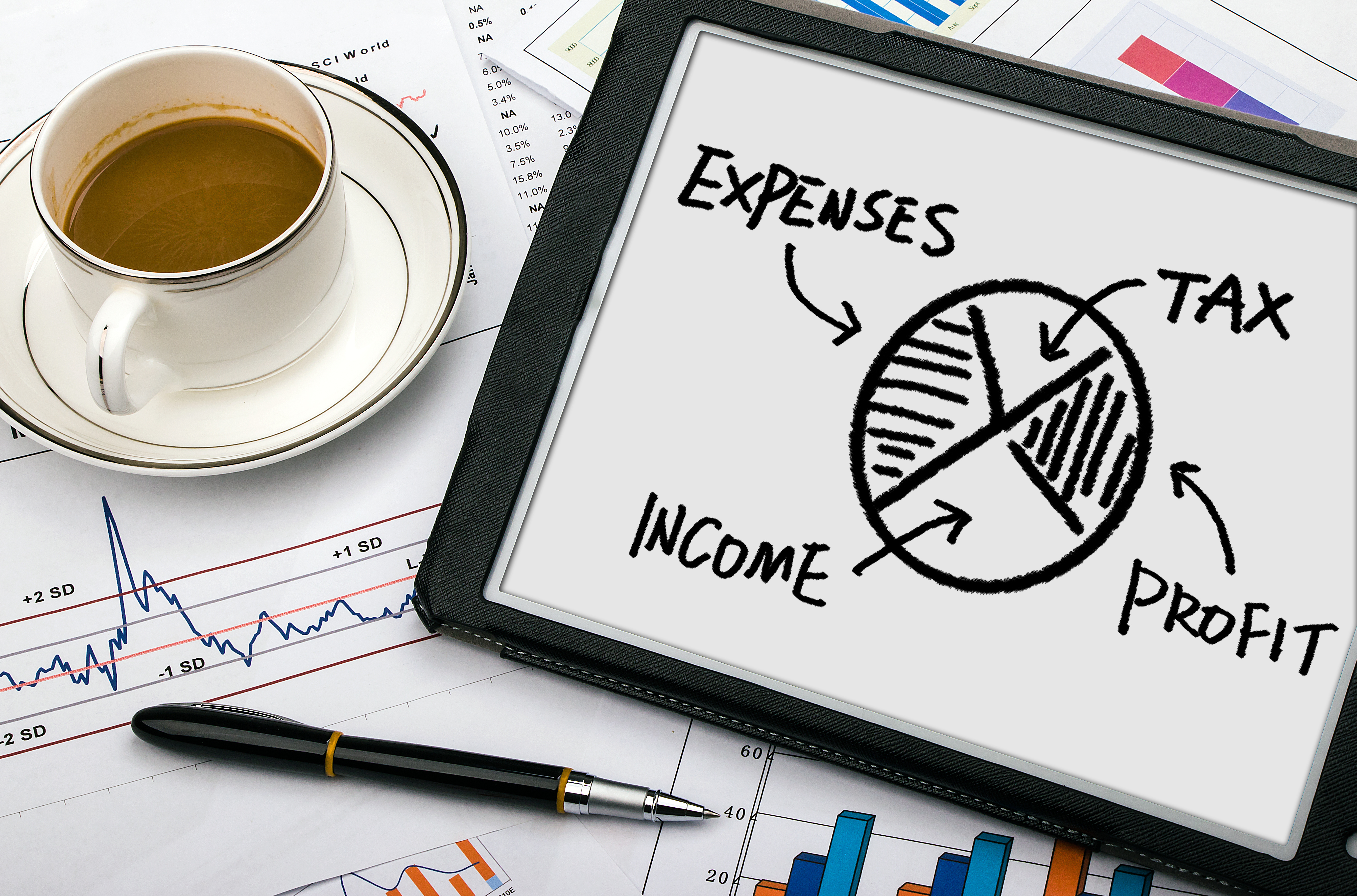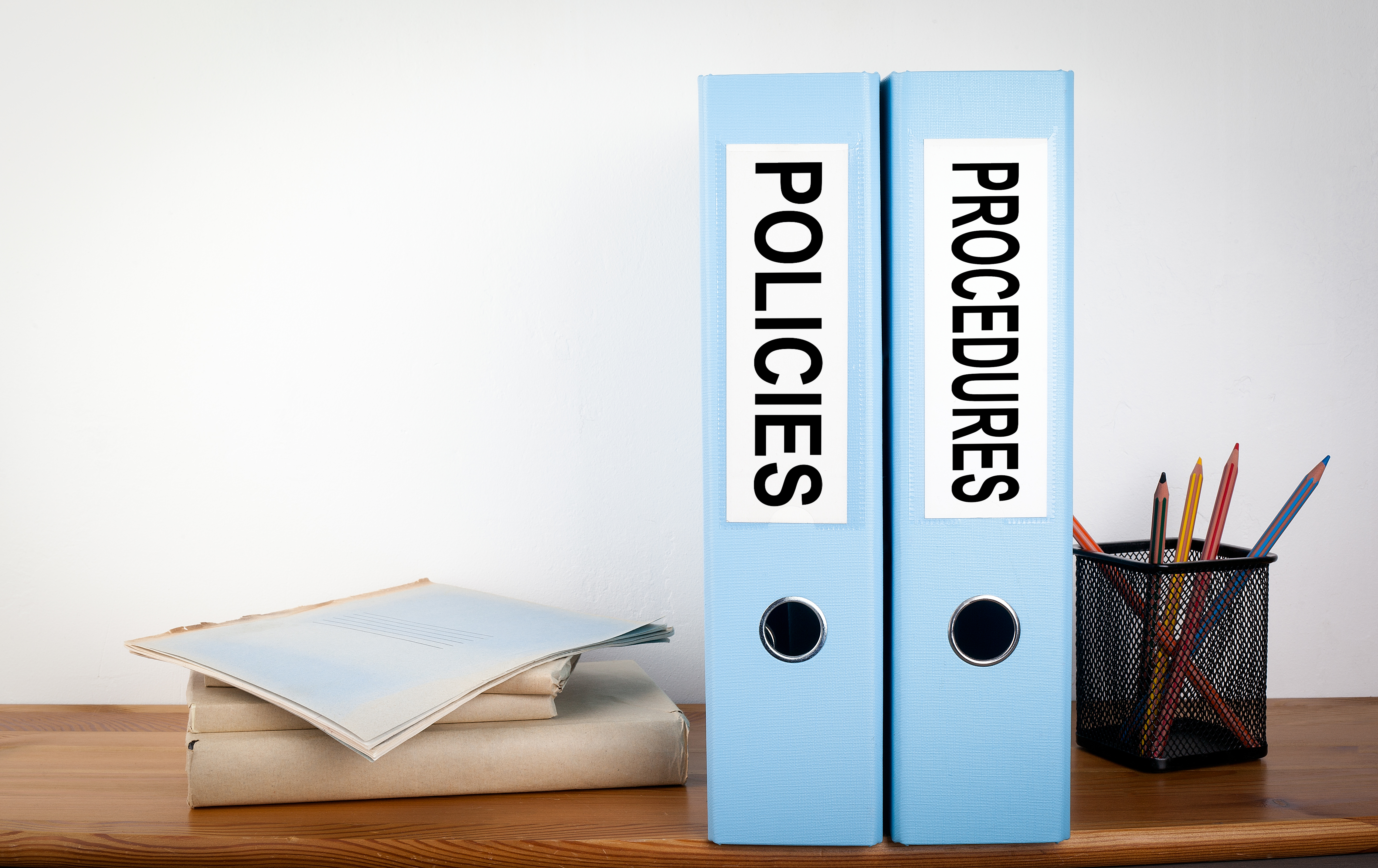- Home
- Business Banking
- Managing Seasonal Cash Flow Fluctuations (for Maximizing Cash Flow in your Business Account)
Managing Seasonal Cash Flow Fluctuations (for Maximizing Cash Flow in your Business Account)
Key Takeaways
- Seasonal businesses must manage cash flow by identifying revenue patterns, forecasting accurately, and adjusting expenses strategically
- Use seasonal pricing and discounts effectively and build cash reserves during peak periods to support off-season operations
- Analyze historical data for better financial planning and maintain robust cash flow forecasts to ensure stability
- Negotiate flexible payment terms with vendors and maximize revenue during peak seasons to align cash flow with seasonal demands
- Employ strong financial management practices, including accounting software and expert advice, to navigate seasonal fluctuations

So it's that time of the year again when your business either generates more or maybe even less revenue than usual. For a lot of small businesses, facing such changes in revenue during specific seasons is completely normal. However, not paying attention to the impact it can have on the cash flow is not.
Whenever any business (small or big) experiences such huge rifts in revenue, monitoring and maintaining its cash flow becomes – tricky, to say the least.
This is why it’s crucial for entrepreneurs to understand the basics of managing seasonal cash flow fluctuations.
Whether it be implementing universal strategies such as creating cash flow forecasts or specific solutions like identifying cash flow patterns, there’s a lot companies can do to ensure they don’t run short on money to pay bills, taxes, or salaries.
Today we'll uncover the different ways you can utilize to manage your seasonal cash flow.

Identifying Seasonal Cash Flow Patterns
The first and foremost thing to do is understand how much your business makes during different times. This is better applicable to seasonal business firms, like tourist agencies or school-centric brands.
Although regardless of the type of business you own, there are always times when you may see differences in revenue compared to other months. Identify these times and keep track of when you can maximize profits. You can also stock up on inventory and create marketing campaigns in advance to be ready when the time arrives.
For instance, tourist agencies may incorporate more paid advertisements and promotions during the holidays, whereas stationary brands may release new products right before school starts.
Similar to maximizing profits, you’ll have to note down the months when your business doesn't make much money. This way, you can reduce expenses while also maintaining consistent profits.
You can start by looking at each month’s sales record and separate the times when your business earns more/less than usual.
Creating a Cash Flow Forecast for Each Season
According to a study by CB Insights, around 47% of startups fail when they run out of cash. Try imagining the same for seasonal startups who’ve just taken their first step in the industry.
Having a cash flow forecast can be very handy to avoid being in a similar scenario. It effectively estimates when your business has the most or least cash to plan your budget and finances accordingly.
Sounds good?
Let us show you how you can make one yourself since it is quite simple once you get the hang of it. And yes, you do need to have prior accounting knowledge to make one.
We don’t mean “degree level knowledge,” but having a grasp on the basics is essential.
Decide on a Timeline
The first step is setting a designated time frame that you want to forecast. For seasonal businesses, it is best to forecast each quarter.
You can also use sales trends from the previous fiscal years to accurately estimate the time your business generates the most revenue. If you’re a new startup, noting your current cash outflows can assist you in future financial planning.
Determine Your Incomes
When sales go wild, knowing what you’re profiting from can be confusing. This is a good time to identify and segregate your various ways of earning. Under most circumstances, these are the sources you would generally make money from:
- Sales
- Tax refunds
- Off-season earnings
- Selling assets
- Investment from owners
- Grants
- Royalties or license fees
The best way to keep a record of the above is by maintaining a spreadsheet using an accounting software. You can divide the income sources into rows and fill them weekly or monthly.
Determine Your Expenses
One of the most important things that any entrepreneur needs to get right is their business’s expenses. If you’re unaware of how much you’re paying for utilities, taxes, etc., you’re bound to face trouble when calculating your cash flow.
Sit down and record all your expenses and how much they cost daily/weekly/monthly. If you’ve got yourself an accountant, then even better! Ask them to create a folder with all expense records and run them by you. Double-check all calculations and see how much your total costs add up to.
Check the Net Cash Flow
Last, but not least, check if your company is burning through cash or making profits. Doing this is fairly easy, and once again, if you’ve got an accountant, you hardly even need to do anything.
There’s a common universal formula that lets companies evaluate their net cash flow. Here’s a simple version of it:
Net Cash Flow = Net Inflow - Net Outflow
If the final total is positive, then there’s nothing you need to worry about. You’ll be able to handle budgeting more easily with money in your hands after all. However, by any chance, if you get a negative number as a result, then you’ll want to reconsider any extra or irrelevant costs.
Tracking and Analyzing Cash Flow Data to Improve Future Seasonal Planning
Once you're done creating an effective cash flow forecast, it's time to monitor it diligently. Given the seasonal highs and lows, you have to constantly review your forecasts through annual cash flow projections.
That way, you keep track of the historical data to analyze times of cash shortages and when more revenue is coming in. Hence, you can cut down costs such as advertising to push more savings into your cash flow (we’ll cover this in more detail later).
In addition, you will also be able to identify and, more importantly, control overspending during off-season and peak seasons.
Being proactive by revisiting your cash flow data in dry seasons can be a solid reality check for your business and help you refine your future seasonal planning. Having a strategic view of cash flow data will depict the necessary actions needed to maintain the long-term health of your business.
Adjusting Expenses to Match Seasonal Revenue Fluctuations
Expenses are a normal part of any business. You can’t really do much here other than make a few changes. The reason being, expenses can differ from one another. However, the two main types are fixed and variable expenses.
Fixed Expenses
As the name suggests, fixed expenses are those which you’ll always pay a flat amount upfront for. Things such as insurance and rent come under this category.
Variable Expense
This is the one you want to pay attention to since it’ll help optimize your cash flow. Variable expenses are the costs that you can control to a certain extent. They can also fluctuate depending on the time of the year or your business needs.
For example, you might face higher electricity bill charges during summer seasons since your offices will use ACs more often. Similarly, during months when your business excels, you may see an increase in the payroll budget.
The logic behind this is simple, too – your team may outsource additional work to freelancers or bring in a few extra people for help. In any case, you can create a threshold or a budget with your team which doesn’t overpay or underpay external workers.
_Doesn’t make a whole lot of sense paying temporary workers the same amount as your regular employees for simply a month or two, does it? _
Developing a Seasonal Marketing Plan to Boost Revenue During Slow Seasons
Know how businesses such as travel agencies or resorts survive the months when everyone’s busy enough not to even step out of their homes? Good Marketing! Typically, you’d expect someone like Airbnb to hardly earn anything at such a time.
Your target audience is in no position to take you up on your offer since they’ve got higher priorities to deal with. But, and that’s an important but, here’s where marketers come in to do the trick. Even if half the world is busy working, you can create campaigns that attract your audience to your offers.
_Surely, they can file a week’s worth of PTO to visit their favorite vacation spot again, right? _
If your marketers can come up with worthy offers, discounts, and packages that show people you’re providing more value than what they’re currently doing, you’ve got yourself some extra sales.
If not, you’re simply leaving money on the table – potentially even risking more mismanagement with cash flow.
Implementing Seasonal Pricing Strategies to Maximize Revenue
Continuing from what we mentioned above, as a seasonal business, one of your best advantages is offering prices like no one else in the market.
You specialize in your industry better than anyone else, helping you create a fine line between not being too expensive or too cheap to have zero value. Although, this is also when you should consider a “worst-case scenario” plan.
Let’s say hypothetically, tomorrow there’s a new competitor in town that provides people with a product that has better value and prices than you. What do you do then? Strategize? Have a fight or flight reaction? You don’t need to take any such actions with a backup plan.
With a suitable “worst-case scenario” formula, you can leverage having more funds in certain months or having suppliers ready to ship extra materials to tackle new competitors, extra demand, or any other bottlenecks.
Coming back to seasonal pricing, you’ll also need a solid marketing strategy that displays your best prices to both new and repeat customers. Whether it be a buy one get one free, flat discount or spend more to save more offers, look at which one suits your business model better to maximize revenue and minimize costs.
Offering Seasonal Discounts to Encourage Sales During Slow Seasons
Another tangent when implementing seasonal pricing strategies is discounting. Contrary to the above, when your business isn’t making as much revenue as you’d like, you can take advantage of discounts.
Higher discounts bring in more customers. More customers mean more money! Although, you’ll have to be very cautious with this one as you will still need to maintain a profit margin to cover expenses with the discount.
You can also try introducing a “seasonal discount” where you lower your prices even more compared to usual. Forecasting consumer behavior also works like a charm in this situation.
You can figure out how your customers react to a certain offer and accordingly have enough inventory to prevent stockout. This is also helpful since you can manufacture and ship products in bulk, opening the door to lower prices.
Negotiating Payment Terms With Vendors to Align With Seasonal Cash Flow
To successfully negotiate with your vendors, you’ve got to start early. Approaching the vendor in advance allows more flexible payments for you and less inconvenience for them. One of the ways of doing this is using trade credit.
Trade credit is a standard practice amongst businesses where payment isn’t made upfront. Instead, it's scheduled at a later date. In this case, negotiating the payment terms with your vendors/suppliers would simply push payments ahead, giving your business more cash.
These extended payment terms improve your liquidity and reduce the pressure on your working capital, especially during seasonal cash flow fluctuations.
Building Up Cash Reserves During High Revenue Seasons
Cash reserves act as a cushion, saving businesses against unexpected events. It's always a good practice to set aside a sum of money for when things don’t go as planned.
This is especially crucial for seasonal businesses to mitigate cash flow problems. Here, your cash flow forecast will act as a guide in deciding how much you have to keep as reserves.
You can discover the level of cash you need to build during high revenue seasons by estimating costs during off-seasons. Don’t forget that you can also set aside a buffer amount for any emergencies at the same time. So, when something catastrophic strikes, your business is financially prepared to face it.

Conclusion
To conclude, successfully managing a seasonal business involves proper financial planning to keep sufficient funds in the bank. Also, generating more income sources is key to keeping the business afloat during the off-season and minimizing the cash burn rate (if any).
All business owners should strive towards financial literacy. Click here to visit our reviews of various banks and understand how a business checking account works.
What causes seasonal cash flow fluctuations in businesses?
Seasonal fluctuations often occur due to changes in market demand, industry cycles, or external factors like holidays and weather conditions, impacting sales and cash flow patterns.
How can I predict seasonal fluctuations in my business?
Use historical sales data, market trends, and seasonal patterns to forecast potential fluctuations. Analyzing past performance during similar periods can provide a reliable forecast.
What are some strategies to manage cash flow during off-peak seasons?
Strategies include diversifying product offerings to attract year-round sales, negotiating extended payment terms with suppliers, reducing non-essential expenses, and utilizing reserve funds strategically.
How can I maintain a healthy cash flow during peak seasons?
Optimize inventory to meet increased demand without overstocking, hire temporary staff if necessary, and streamline operations to handle higher sales volumes efficiently.
What financial tools can help manage seasonal cash flow fluctuations?
Consider lines of credit, short-term loans, or invoice factoring to smooth over cash flow dips. Additionally, cash flow management software can provide valuable insights and real-time data analysis.
Edited by:
Bryan Huynh
•
Product Tester & Writer

























































































